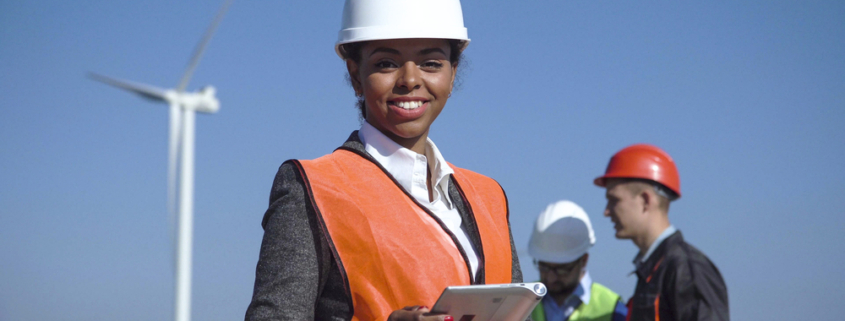How Communities of Color are Leading the Sustainability Movement
At the close of Black History Month, I’d like to take a moment to share some observations. If I look at the green building movement that I have experienced, there have been wonderful and influential black leaders at the US Green Building Council and within the movement. Van Jones, Kimberly Lewis, George Bandy, Majora Carter are a few of the people you should know. If you don’t, look them up. Beyond green buildings, there are others including Jacqui Patterson, who leads the NAACP Centering Equity in the Sustainable Building Sector (CESBS) which is referenced in this blog.
Admittedly, looking at the membership of USGBC, and the attendees of the organization’s annual conference, most of the faces are white. But, communities of color are increasingly aware of the disproportionately increased risks they face resulting from events related to climate change. Organizations like the NAACP and black leaders in the U.S. have been coming together to take action. We know that when climate disasters strike, communities of color are often hit the hardest. Pollution-producing facilities have been placed in or near black communities, affecting their health, well-being and access to opportunities.
According to The Atlantic, black individuals in the United States are three times more likely to die from air pollution than white individuals. People of color are also exposed to 38% higher levels of nitrogen dioxide, which causes diseases like asthma. Additionally, these communities are more prone to higher temperatures and heat-related deaths due to a lack of green space in their neighborhoods. Black leaders across the nation are taking concentrated steps to mitigate these injustices and forward the sustainability movement.
Encouraging Career Placement and Reversing Climate Gentrification
Making change involves not only teaching others about eco-friendly solutions, but matching people with environmentally-oriented career opportunities. Local nonprofit organizations such as the Green City Force in New York City, for example, are putting this concept into action. Green City Force makes it their mission to guide young people in low-income communities of color towards green careers.
Nonprofits are also helping to mitigate the effects of climate gentrification. When climate disasters occur, destroying valuable waterfront properties, land developers and wealthy residents move towards communities of color. Members of these communities are often forced to vacate their homes and relocate. In cities like Miami, several organizations have united to purchase land and give people of color the chance to stay in their communities.
The NAACP and the International Code Council
It should come as no surprise that the NAACP is fully engaged in sustainability and environmental justice. In 2019 the NAACP created Centering Equity in the Sustainable Building Sector (CESBS). Led by Jacqui Patterson, the CESBS seeks to educate, engage with and advocate for communities of color in seeking equitable treatment in sustainable policy, planning and development affecting their communities. They’ve written a Guideline for Equitable Community Involvement in Building and Development Projects and Policies (available at the bottom of the CESBS link).
Recently, the NAACP and the International Code Council have announced a joint effort to protect communities of color by leading a conversation about building regulations. Unfortunately, people of color are much more likely to live in buildings exposed to mold, lead, asbestos, and radon. In addition, these buildings are typically less energy-efficient and don’t have the tools in place to safeguard residents against disasters. The NAACP and ICC webinar, which is set to take place on March 2nd, will be centered on addressing ways to improve building codes. Leading discussions is a great way to help residents understand current challenges and help them make a positive change.
Learn How Your Business Can Participate in the Sustainability Movement
Buildings generate nearly 40% of annual global CO2 emissions.* Doo Consulting works in this market sector to help clients reduce those emissions and combat the effects of environmental injustice. Contact us if we can assist in your goal to support the sustainability movement.
*Architecture 2030

